To discover how technology is affecting the jobs of life sciences marketers we turned straight to the source—our readers. We asked them about three key areas:
- How can they best utilize the power of artificial intelligence (AI) immediately?
- What technology will have the biggest impact on the industry within the next three years?
- Will Big Tech’s moves within healthcare force the industry to change how it operates?
Here are the best responses.
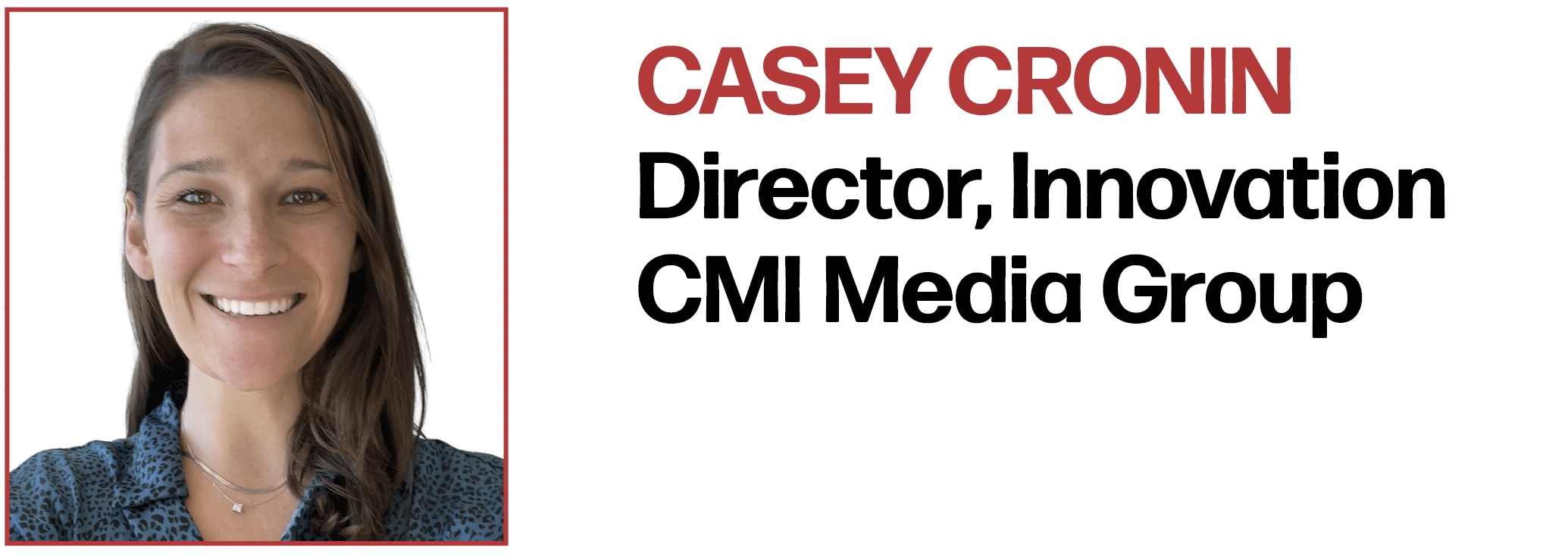 Life sciences marketers have a unique opportunity to connect with target audiences on an individual level and foster brand safety through AI advancement. With the emergence of new AI analytic tools, marketers are provided with key audience insights to better understand the consumer opinion behind the message that is shared. One platform, Brandwatch, evolves the historical approach of sentiment analysis through deep learning by tapping into brands’ portfolios of social networks. This AI innovation gives brands a stronger understanding of how the individual feels and how to build brand resonance in real time.
Life sciences marketers have a unique opportunity to connect with target audiences on an individual level and foster brand safety through AI advancement. With the emergence of new AI analytic tools, marketers are provided with key audience insights to better understand the consumer opinion behind the message that is shared. One platform, Brandwatch, evolves the historical approach of sentiment analysis through deep learning by tapping into brands’ portfolios of social networks. This AI innovation gives brands a stronger understanding of how the individual feels and how to build brand resonance in real time.
AI is also making waves in how to find and target patient communities as healthcare privacy legislation continues to expand in the United States. Dstillery, a custom audience solution, predicts impression opportunities through AI modeling that identifies patient patterns without using any cookie-based identification. This cookie-less marketing yields promising results with an 84% reduction in cost per acquisitions (CPAs) and a 3x increase in impressions served when compared to leading contextual solutions. This is just the beginning of AI advancement in healthcare marketing, as brands apply this game-changing framework to reach target audiences in the most effective way.
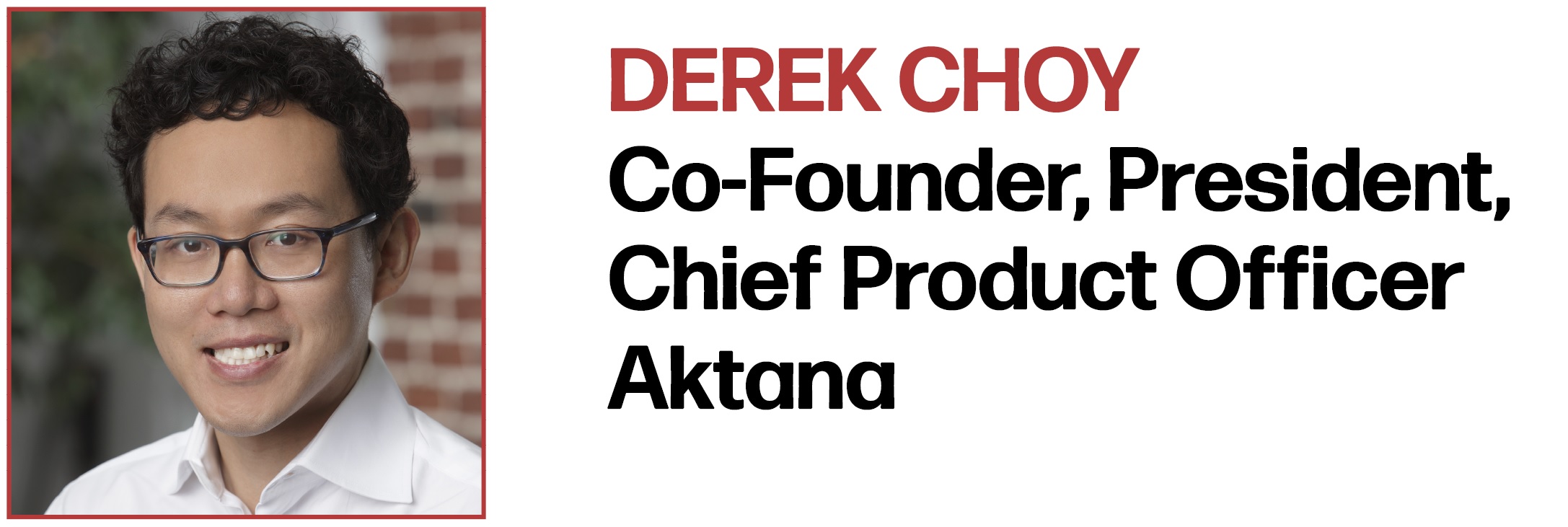 The Fine-Tuning API (Application Programming Interface) in OpenAI now enables the creation of hyper-personalized content to support brand managers, customer experience professionals, sales teams, and medical science liaisons. Through generative AI and fine-tuning, initial drafts of copy for various customer channels can be created almost instantaneously. While marketing teams and Medical/Legal/Regulatory (MLR) reviews will still be necessary for refining this content, AI can significantly expedite the content creation process and empower marketing teams to work more efficiently.
The Fine-Tuning API (Application Programming Interface) in OpenAI now enables the creation of hyper-personalized content to support brand managers, customer experience professionals, sales teams, and medical science liaisons. Through generative AI and fine-tuning, initial drafts of copy for various customer channels can be created almost instantaneously. While marketing teams and Medical/Legal/Regulatory (MLR) reviews will still be necessary for refining this content, AI can significantly expedite the content creation process and empower marketing teams to work more efficiently.
Another capability made possible by fine-tuning is the enhancement of content tagging. Content tagging has always been a labor-intensive task. Auto-tagging ensures that the right content efficiently reaches the right customers. Generative AI has already showcased its ability to automate content tagging, saving creators a tremendous amount of time and effort. For example, let’s consider approved email templates and key messages. Fine-tuning models can target domains and generate prompts to tag the content into relevant topics. These content topics can then be utilized to create message sets containing information that is pertinent to a specific channel and topic. These message sets, in turn, can support marketing campaigns by generating precise content recommendations based on topic suggestions.
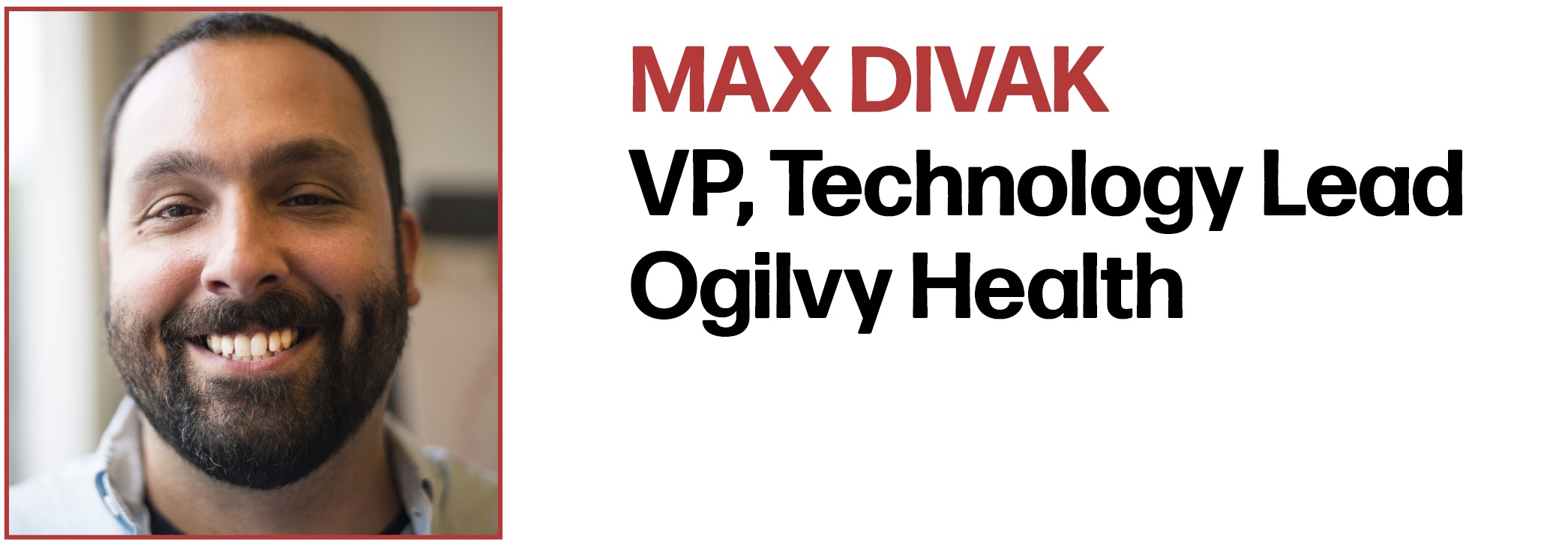 Creating a conference presence with reactive messaging using computer vision and AI can significantly elevate attendee engagement by tailoring content based on participant interests and needs. By placing cameras equipped with computer vision capabilities, the system can capture real-time data about attendees, such as their demographics, behaviors, and engagement levels. An AI model can process this engagement data to categorize the participants based on factors like specialty, interests, and session preferences collected within the booth interactions.
Creating a conference presence with reactive messaging using computer vision and AI can significantly elevate attendee engagement by tailoring content based on participant interests and needs. By placing cameras equipped with computer vision capabilities, the system can capture real-time data about attendees, such as their demographics, behaviors, and engagement levels. An AI model can process this engagement data to categorize the participants based on factors like specialty, interests, and session preferences collected within the booth interactions.
Pre-approved assets and messaging can be organized into different categories, each catering to specific segments of booth visitors. The AI system can dynamically select and display the relevant messaging based on the observed audience composition and their interactions. For instance, if the application detects a group of oncology nurses, the interactive signage would be able to serve up a session based on latest cancer treatment methods or patient journeys. If another group predominantly consists of clinicians, the messaging could emphasize clinical trials or medical innovations. This application could assist in making a sponsor’s presence at each event throughout the year appear fresh and relevant since it’s continually learning from engagement patterns and the participants’ reactions.
 Our industry is well versed in how to use insights rooted in clinical behavior data—prescriptions, diagnoses, lab results, etc.—to inform HCP engagement strategy. Now, brand managers are creating more meaningful experiences for their HCP customers, in real-time, using digital behavioral data and insight signals. This timely, contextually relevant data has been powering innovations in technology (such as persona segmenting, sequencing, triggers, next best, and now AI-driven next best) that are required for a truly personalized, omnichannel engagement strategy.
Our industry is well versed in how to use insights rooted in clinical behavior data—prescriptions, diagnoses, lab results, etc.—to inform HCP engagement strategy. Now, brand managers are creating more meaningful experiences for their HCP customers, in real-time, using digital behavioral data and insight signals. This timely, contextually relevant data has been powering innovations in technology (such as persona segmenting, sequencing, triggers, next best, and now AI-driven next best) that are required for a truly personalized, omnichannel engagement strategy.
Combining digital behavior with clinical behavior reveals HCP informational needs and treatment intentions, enabling brand managers to define new engagement strategies and tactics to deliver information to HCPs, quickly and with more relevancy. Adoption of these insight signals has accelerated across life sciences through behavior-triggered promotion across media and marketing, enabling sales reps to pull through key strategic messages directly relevant for their specific customers and closing educational gaps in the community more quickly via Medical Affairs. As a result of digital and clinical behavior data being effectively integrated, we will see more personalized touchpoints with HCPs with brands playing a much bigger role in HCP education to help enable a healthier world.
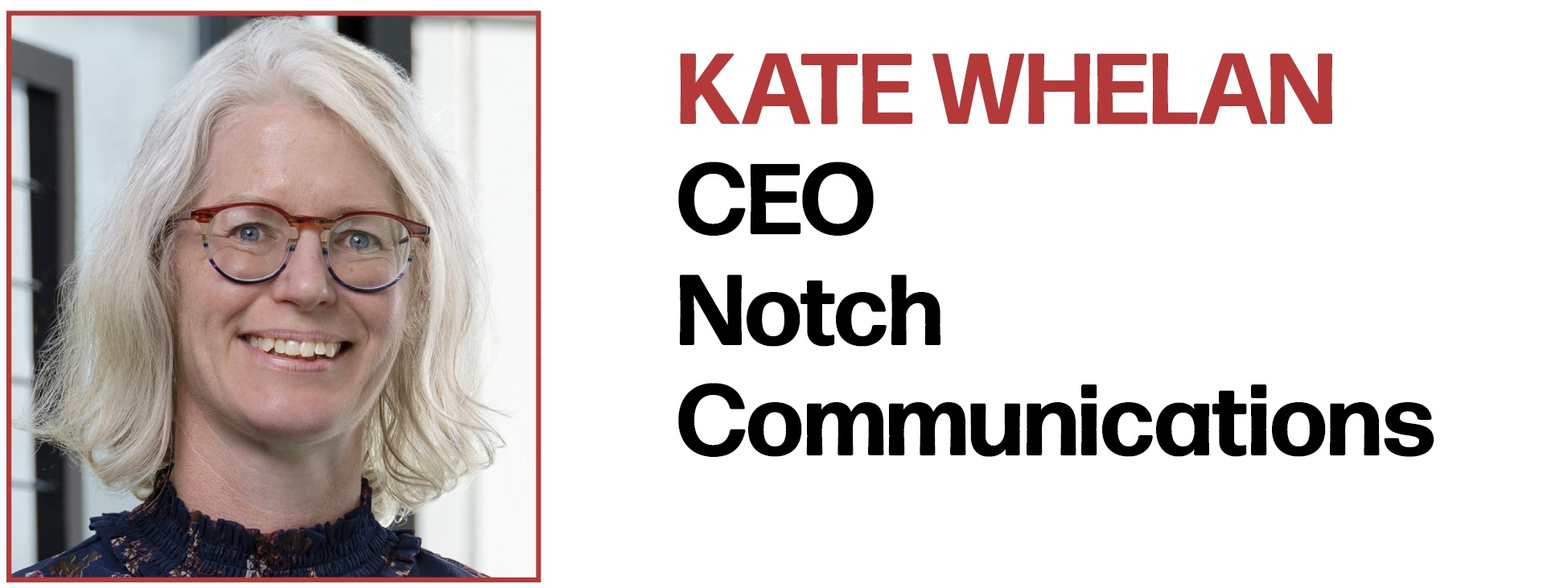 Several generative AI technologies are poised to make a difference in marketing over the next few years. These include text and code generation, automated lead generation, music composition, and even personalized speech and video creation. However, in ranking those most likely to have the biggest impact, generative AI-powered image platforms may well come out on top. The increased customization offered with AI image generation allows for a more bespoke journey in brand campaigns. Until recently, a heavy reliance has been on stock images to build branding portfolios. But with AI image generation, the creative output would be unique every time.
Several generative AI technologies are poised to make a difference in marketing over the next few years. These include text and code generation, automated lead generation, music composition, and even personalized speech and video creation. However, in ranking those most likely to have the biggest impact, generative AI-powered image platforms may well come out on top. The increased customization offered with AI image generation allows for a more bespoke journey in brand campaigns. Until recently, a heavy reliance has been on stock images to build branding portfolios. But with AI image generation, the creative output would be unique every time.
As for creativity, the ability to adjust obedience levels to the prompt means that marketers can really step out of the box. Increasing the randomness encourages hallucinations, producing captivating abstract imagery, which could be great for mood boards to spark ideas in a rebranding campaign. The future may even belong to platforms that can take a rebranding campaign further and generate multiple content types to match the creative imagery. In the immediate years though, the use of AI image generation could ultimately lead the impact charts—offering increased variation, accelerated innovation, and deeper personalization.
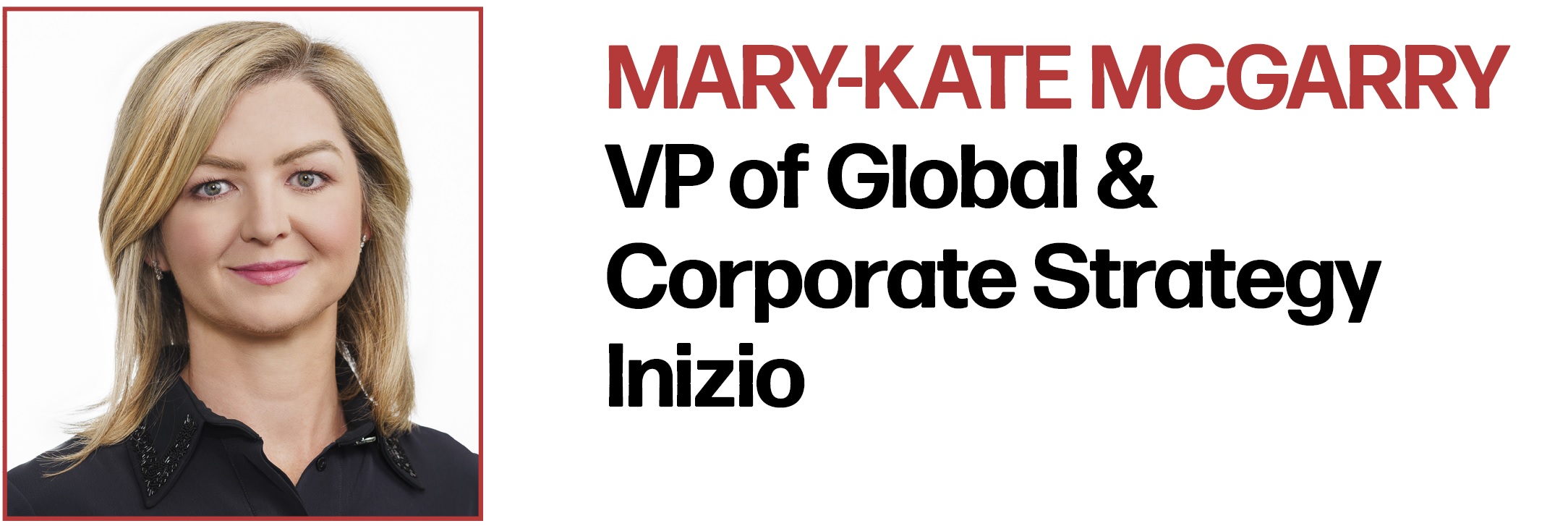 Despite its promise, barriers such as stringent data regulations have slowed the uptake of omnichannel in the pharma industry. Now, however, innovation and technological advancements are helping the industry to push past these boundaries which is reflected in the increasing use of omnichannel and the perception that it can be a strategic driver rather than just a purely tactical offering.
Despite its promise, barriers such as stringent data regulations have slowed the uptake of omnichannel in the pharma industry. Now, however, innovation and technological advancements are helping the industry to push past these boundaries which is reflected in the increasing use of omnichannel and the perception that it can be a strategic driver rather than just a purely tactical offering.
Omnichannel is changing the way marketing strategies are built, driving the industry’s focus toward connected, iterative, personalized customer experiences and moving away from “one-size-fits-all” and push-marketing approaches. Leveraging technology that collects and analyzes real-time data, the pharma industry can now make informed decisions and build omnichannel strategies that take into account critical insights on the needs of patients, caregivers, and HCPs. This means audiences will receive tailored and relevant content, delivered at the right time using the best platform to facilitate and optimize engagement.
Omnichannel will not replace alternative marketing strategies but will be used alongside them to provide the best possible outcome. With the potential to optimize HCP and patient engagement, omnichannel engagement will become the default approach across the industry. However, delivering it well will be the next challenge.
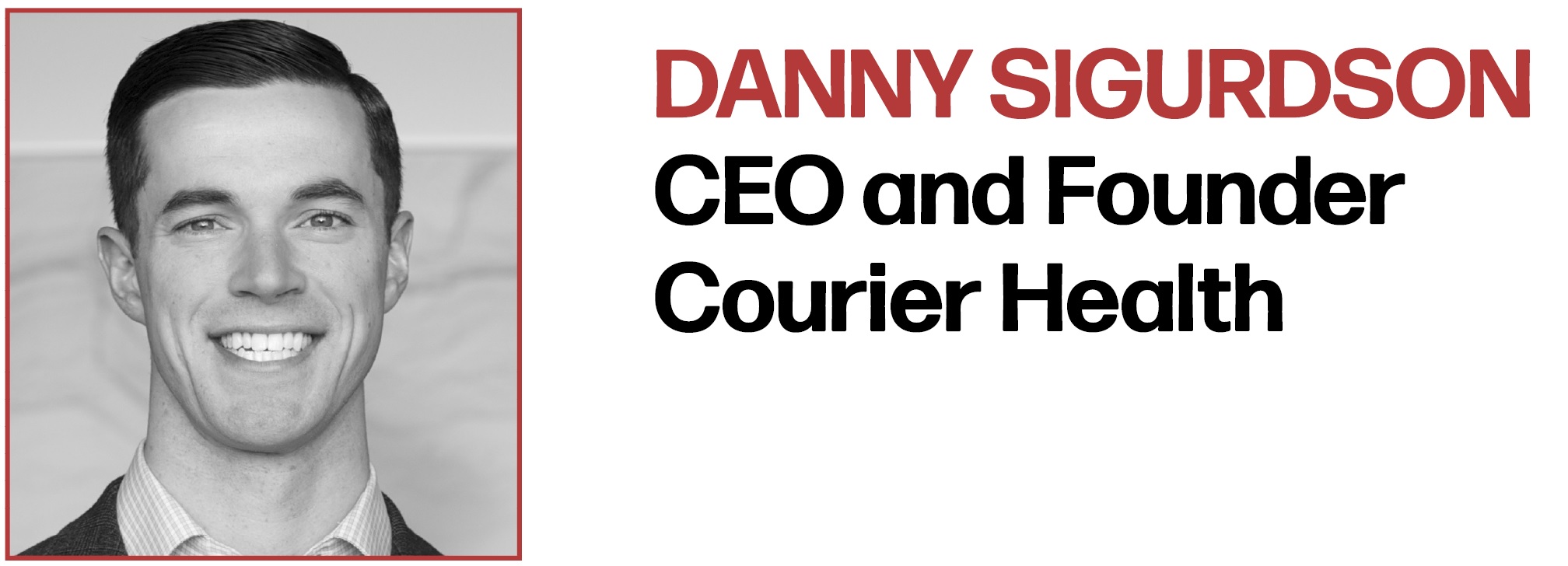 Big Tech as cloud infrastructure providers, such as Amazon Web Services (AWS), Microsoft Azure, or Google Cloud enable more innovation from specialized technology companies. This creates a wave of innovation in purpose-built technologies from companies with expertise in complex, nuanced industries that require deep focus, such as life sciences. Solutions that are built on this Big Tech infrastructure are redefining how functions like Market Access and Patient Services understand, engage, and support patient populations. This provides the biggest opportunity to redefine how the industry operates, streamlining the patient journey and accelerating access to potentially life-saving treatments.
Big Tech as cloud infrastructure providers, such as Amazon Web Services (AWS), Microsoft Azure, or Google Cloud enable more innovation from specialized technology companies. This creates a wave of innovation in purpose-built technologies from companies with expertise in complex, nuanced industries that require deep focus, such as life sciences. Solutions that are built on this Big Tech infrastructure are redefining how functions like Market Access and Patient Services understand, engage, and support patient populations. This provides the biggest opportunity to redefine how the industry operates, streamlining the patient journey and accelerating access to potentially life-saving treatments.
This is especially helpful since purpose-built technology for Market Access and Patient Services is long overdue, and it’s having an immediate and sustained impact. In the case of specialty drugs, integrated software can help store and track information, efficiently navigate access pathways, coordinate injection training or titration processes, manage prior authorizations, and more. Wherever you sit within life sciences, you want your patients to have a high-touch, personalized experience, which requires modern, specialized software built for patient data that can map and understand the patient journey, automate daily tasks and workflows, and proactively surface issues that prohibit patients from starting or staying on treatment.
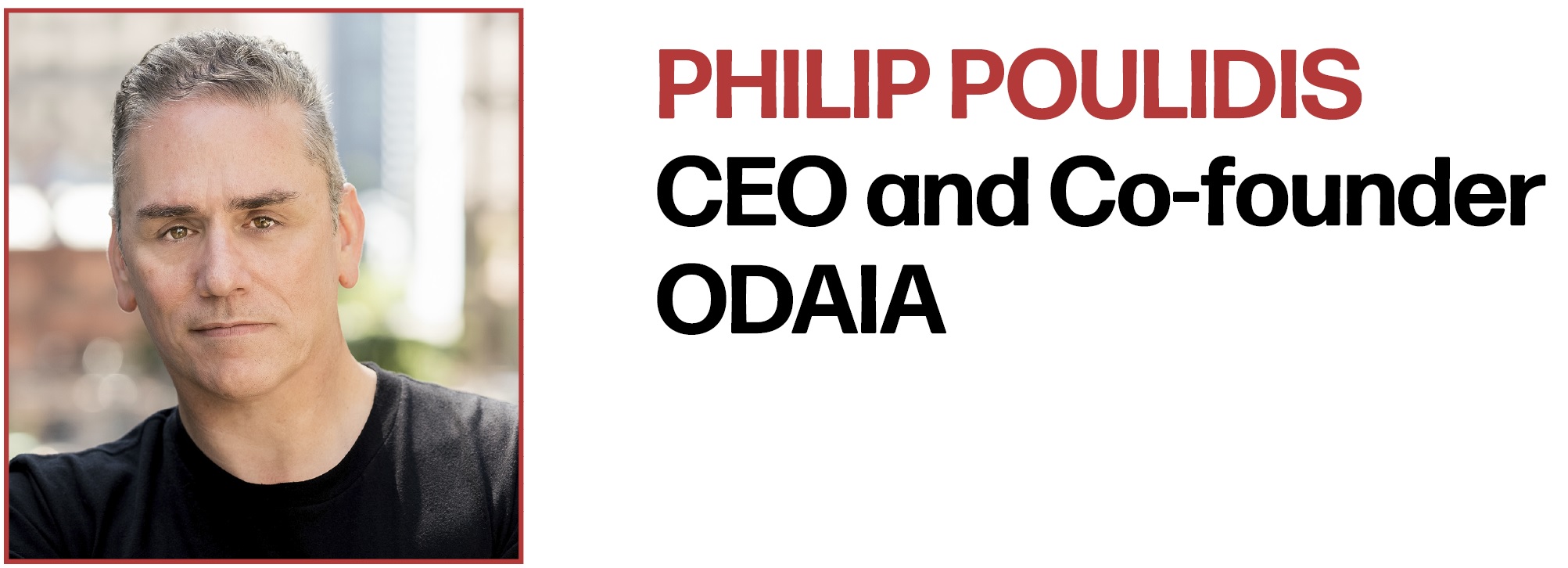 Tech giants such as Amazon, Microsoft, Apple, and Alphabet are indeed making notable strides in the life sciences industry, and their influence shouldn’t be ignored. However, understanding the healthcare space requires specialized knowledge and a deep connection to the needs of life sciences. Companies that are blending healthcare expertise with cutting-edge technology, such as AI and data analytics, are the ones to watch. I’m particularly interested in those who are focusing on creating seamless connections between providers and pharma manufacturers to accelerate patients’ time to therapy. It’s not about reinventing the wheel, but about enhancing it with technology that makes it roll more smoothly and efficiently.
Tech giants such as Amazon, Microsoft, Apple, and Alphabet are indeed making notable strides in the life sciences industry, and their influence shouldn’t be ignored. However, understanding the healthcare space requires specialized knowledge and a deep connection to the needs of life sciences. Companies that are blending healthcare expertise with cutting-edge technology, such as AI and data analytics, are the ones to watch. I’m particularly interested in those who are focusing on creating seamless connections between providers and pharma manufacturers to accelerate patients’ time to therapy. It’s not about reinventing the wheel, but about enhancing it with technology that makes it roll more smoothly and efficiently.
It’s vital not to overlook specialized tech companies like Veeva, Salesforce, and Snowflake, who already possess a robust foothold in the life sciences sector. The current transformation within this space is not merely a fleeting trend; it’s a substantial shift propelled by an unprecedented explosion in healthcare data and the innovative use cases that AI offers. This synergy of data and AI is crafting a new frontier, promising to redefine the way the industry operates and connects with patients and providers alike.
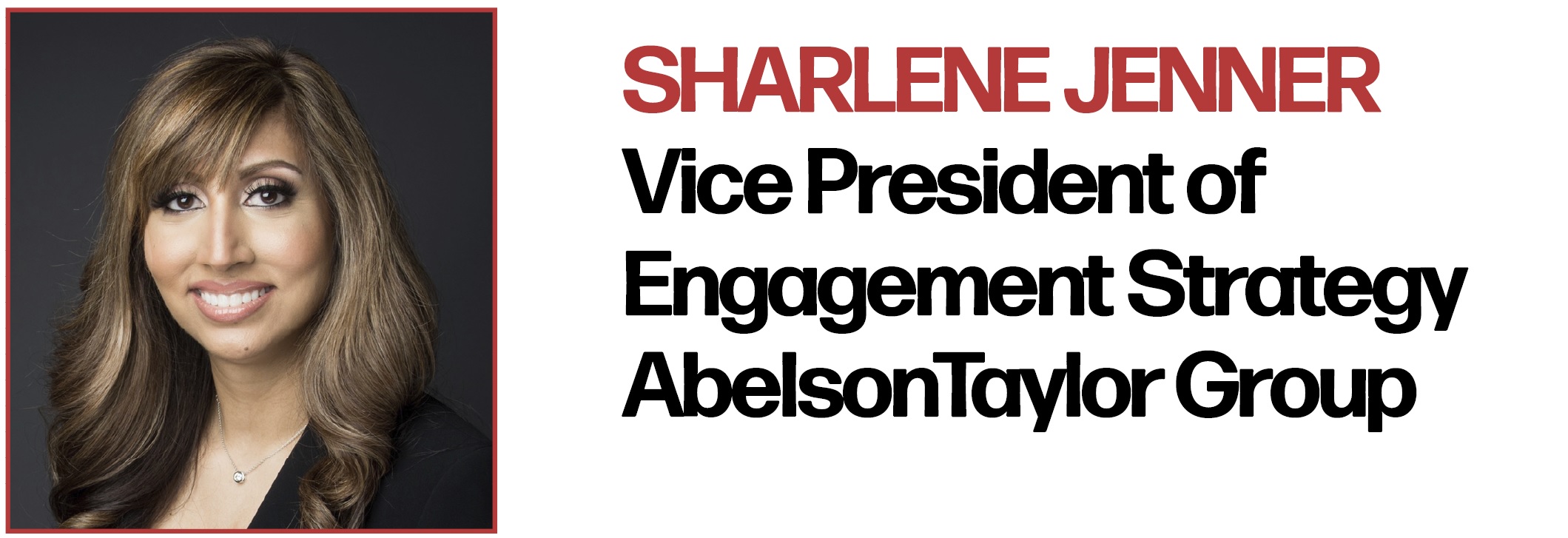 In Big Tech, I’m watching three companies:
In Big Tech, I’m watching three companies:
Amazon is already making significant impact in the healthcare space. With its pharmacy prescription delivery service and healthcare company acquisitions, it has the potential to change the accessibility of services. They have become the de facto standard of customer experience, so changing the patient experience will completely change the landscape for all healthcare.
Microsoft is partnering with the Mayo Clinic and using AI to identify patients who are at risk of developing sepsis. They’re a big investor in ChatGPT, so they have a foothold in natural language generation (NLG) technology. And they’re launching Azure for healthcare data services to help store, manage, and analyze data. Together, these three things converge to become an industry game changer.
Meta/Facebook has an opportunity based on data and context. They already have the data, and through social media algorithms AI can generate patterns in the context. While regulations and privacy concerns can be limiting factors, these advances could develop tools to identify patients at risk of developing certain diseases. Facebook could become a major player in population health and healthcare to help improve prevention, diagnosis, and disease state awareness.








